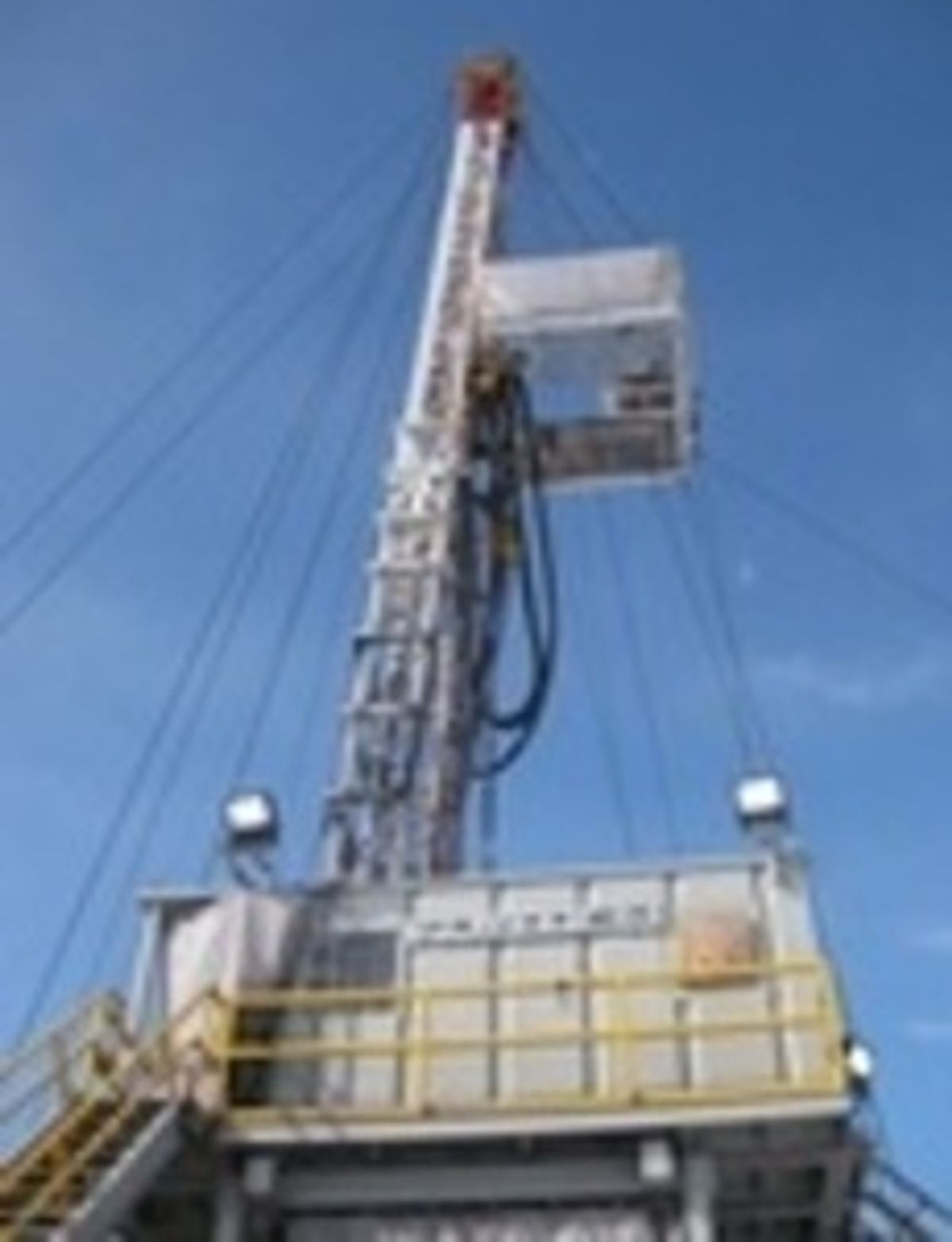Traditionally, extracting shalegas by means of hydraulic fracturing has been dominated by relatively small specialized companies, which keep a low profile. But increasingly big-name players are getting into the business, especially in the United States, as long-term prospects continue to improve. This week China's Cnooc announced it would invest $1-2 billion and take a one-third stake in a Texas project being developed by Chesapeake Energy, the market leader. Almost simultaneously, Norway's Statoil and Canada's Talisman Energy said they would invest $1.3 billion in the same Eagle Ford formation.
Cnooc once tried to obtain the U.S. oil company Unocal but had to drop the bid when it ran into sharp political opposition in the United States. In the deal it's now announced with Chesapeake, it will spend $1.08 billion to buy one third of the U.S. company's Eagle Ford acreage in Texas and may spend up to another $1.08 billion to cover up to three quarters of Chesapeake's drilling and well completion costs. According to a Financial Times report and analysis, Cnooc is eager to acquire technical experience, with an eye on China's shalegas reserves.
Pat Wood, a former Texas energy regulator who chaired the Federal Energy Regulatory Commission during George W. Bush's presidency, has declared that the U.S. gas market is resembling its state in the 1990s, when prices stayed low by historic standards with minor seasonal variation. "Even if half the supply is unavailable for economic or environmental reasons, we could see sub-$6 gas for the rest of the decade," he has said. So promising is the situation, indeed, there's beginning to be serious talk of the United States challenging Russian and Middle Eastern producers in the global LNG export market.



